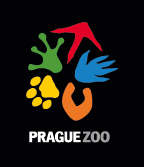Przhevalsky versus Stoliczka
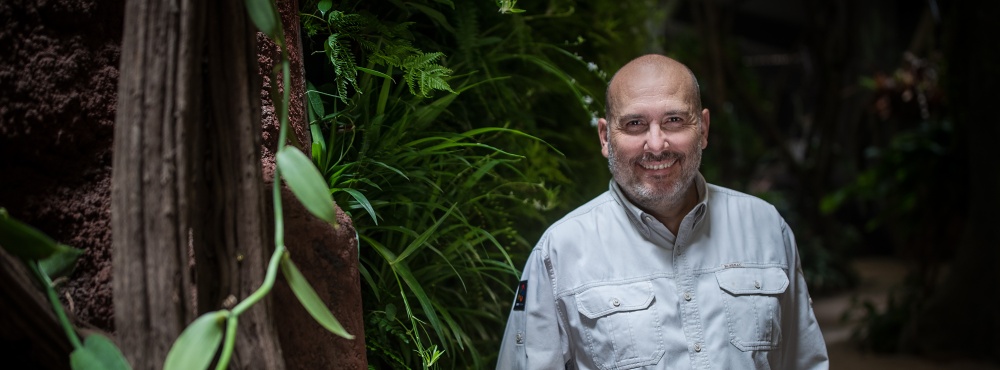
We have already three “Przhevalsky’s” in the new Gobi Exhibit – three animal species, which were named after Russian geographer Nikolay Mikhaylovich Przhevalsky (1839–1888). Besides Przewalski’s horse it is Gobi racerunner (Eremias przewalskii) and Przewalski's toadhead agama (Phrynocephalus przewalskii).
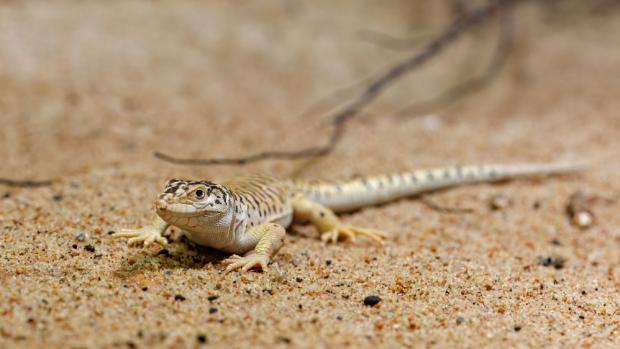 Gobi racerunner, photo: Miroslav Bobek, Prague Zoo
Gobi racerunner, photo: Miroslav Bobek, Prague Zoo
Przhevalsky, a Russian with Polish roots, who later became the Tsar’s General, mounted altogether four journeys to Central Asia. They included Gobi, East Turkestan, Tian Shan and other areas, which mostly had not been explored by Europeans. These expeditions contributed to strengthening Russian influence in this part of the world, where the interests of Russia and Great Britain clashed. At the same time, however, they have brought an enormous number of scientific discoveries. As far as fauna and flora are concerned, this is evidenced by the fact that 123 taxa of plants and animals are named after Przhevalsky!
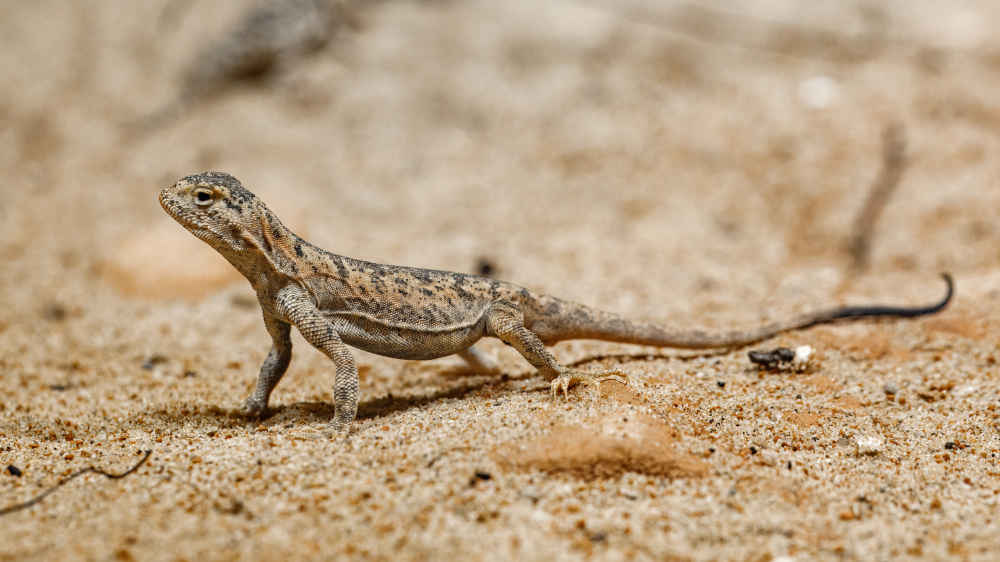
Przewalski's toadhead agama, photo: Miroslav Bobek, Prague Zoo
Przhevalsky is well known in the Czech Republic. On the contrary, our own compatriot Ferdinand Stolička (1838–1874), spelled in English ‘Stoliczka’, who also worked and explored in Asia, almost fell into oblivion. There are merely two streets named after him, one in Kroměříž and the other one in Prague’s Stodůlky. And yet the footprint he left behind is extremely significant. If we compare him with Przhevalsky in terms of the number of taxa named after him, we will find that he is more than a worthy rival. I found 101 of them. After all, for example Paralaudakia stoliczkana, Mongolia rock agama, could quite well also be in our Gobi Exhibit.
The geologist and palaeontologist Stoliczka, who was born near Kroměříž, studied in Vienna and Germany. As soon as 1863 he entered the service of the British Geological Survey of India based in Calcutta. It became a base of his journeys, which brought an enormous amount of scientific knowledge (I am deliberately writing this in general, because in addition to geology and palaeontology, it was also ornithology or herpetology). From Calcutta, Stoliczka headed for example to the Himalayas and Ladakh, as well as to Burma and the Andaman and Nicobar Islands.
In 1873, Stoliczka became a member of the Second Yarkand Mission, which was the most important expedition during the height of rivalry between Great Britain and Russia. It had 350 participants and 550 animals, and 6,474 porters and 1,621 horses on top of that. Its goal was East Turkestan, – then a buffer state of paramount importance, today part of China's Xinjiang Uyghur Autonomous Region. That's when the routes of the Stoliczka’s and Przhevalsky’s routes probably came closest to each other.
Unfortunately, this mission proved fatal for Stoliczka. At the age of only 36, he died on 19 June 1874 in Murgo, Ladakh, probably as a result of altitude sickness. In less than ten weeks, it will be the 150th anniversary.
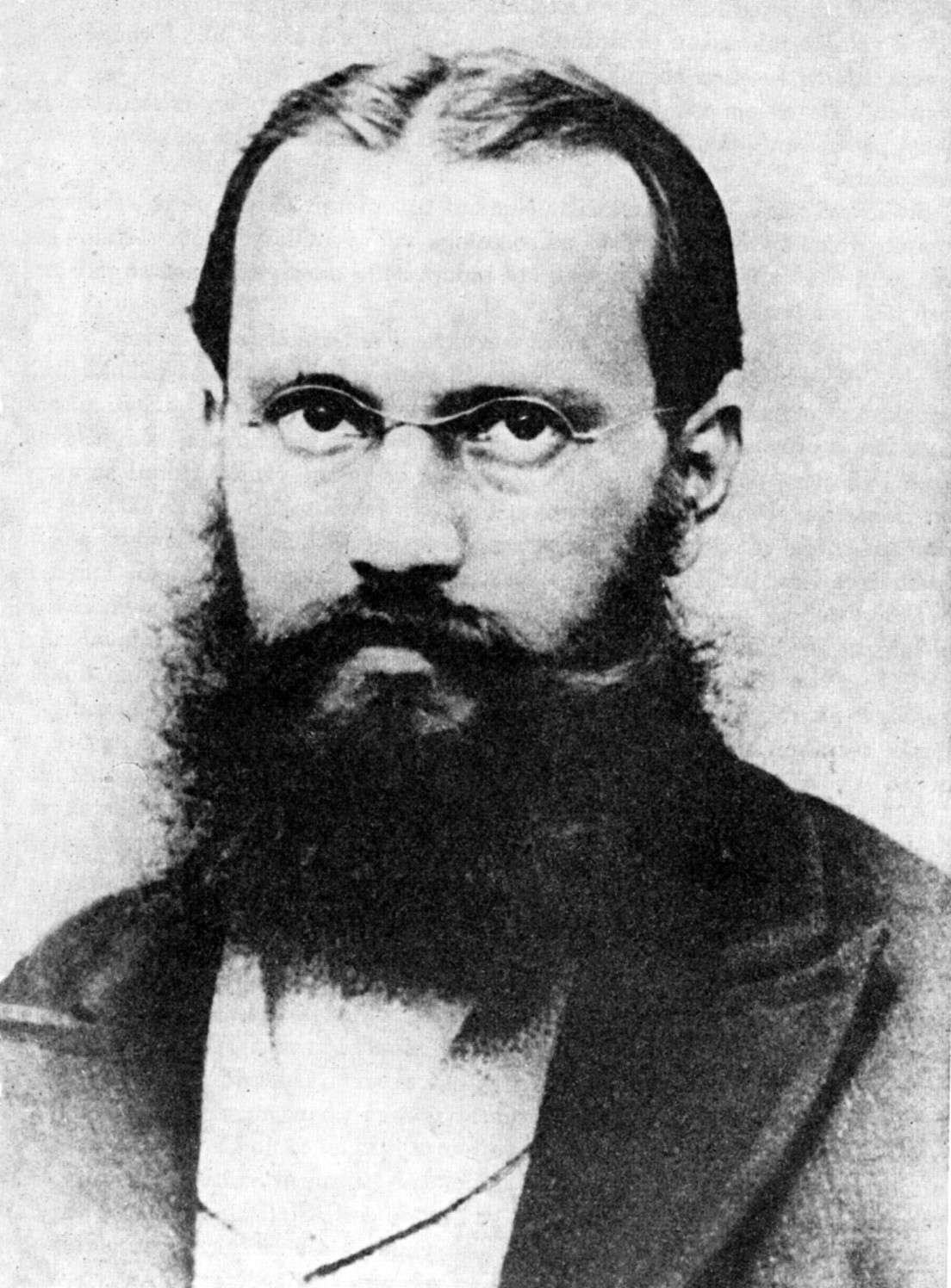
Geologist and palaeontologist Stoliczka
ZOOPRAHA.CZ
Contacts
- The Prague zoological garden
U Trojskeho zamku 120/3
171 00 Praha 7
Phone.: (+420) 296 112 230 (public relations department)
e-mail: zoopraha@zoopraha.cz
Others
